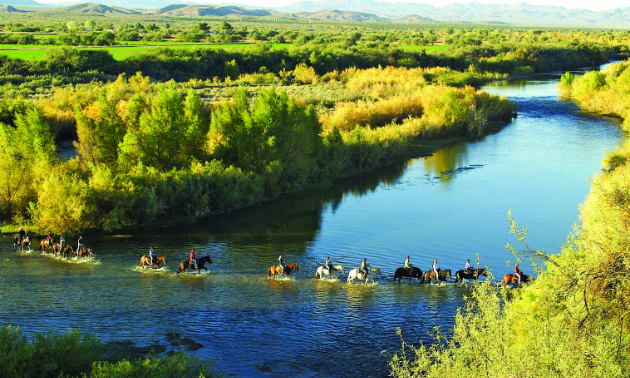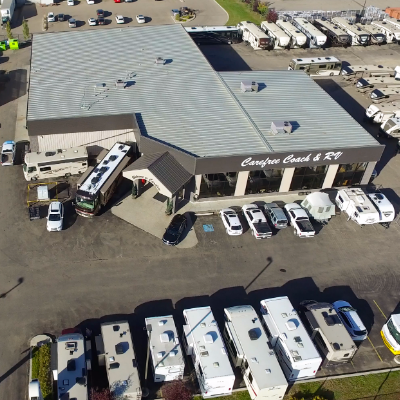The top 5 essential hiking trails surrounding Arizona’s Fort McDowell
Experience the maximal amount of trails in Fort McDowell

The Great White North is splendid, stunning—and stinkin’ cold for nearly half the year. Head south to Fort McDowell, Arizona, and trade in your winter parka and gumboots for a T-shirt and hiking shoes. There are plenty of scenic views and walking trails to keep you desert-bound instead of hibernating in an igloo.
McDowell Mountain Regional Park is tucked within the lower Verde River basin. The park covers nearly 8,900 hectares (22,000 acres) and elevations in the park reach up to 915 metres (3,000 feet) along the western boundary at the base of the McDowell Mountains. Don’t be intimidated, though; the elevation gain isn’t too strenuous. Keep your eyes open for deer, javelina, birds, coyotes and springtime wildflowers.
Lost Dog Wash Trailhead leads to an award-winning route where the trails have been converted from an old jeep tour route. The trailhead offers simpler walks along a low ridge into the McDowell Mountains with wonderful views of landmarks like Frank Lloyd Wright’s Taliesin West, Camelback Mountain and Pinnacle Peak. The trail covers eight kilometres (five miles) but with only 116 metres (380 feet) in elevation it is a lengthy but leisurely walk.
Tom's Thumb Trailhead gives access to many unique spots such as Tom's Thumb, Windgate Overlook, Gardener's Wall, Sven Slab, Mesquite Canyon and the Windmill Trail. Tom’s Thumb was the first trailhead on the north side of the McDowell Mountains. There’s no water available on this route so bring enough along with you.
The Gateway Loop Trail is a great place to walk to escape the hectic pace of the city. It’s peaceful, quiet and at 207 metres (680 feet) of elevation, it’s a relaxing stroll through the desert that loops around to your starting point.
The Go John Trail loops around a mountain and rewards hikers with beautiful views of the area. The nine and a half-kilometre (six-mile) trail will get your heart rate going with a few spots that bump up the difficulty but otherwise it’s a steady walk. In the 1870s, gold seekers sought riches on the jasper-studded hills. Guided trails give you the opportunity to learn the history of the area. You may even stumble across a desert tortoise on your journey through Go John Trail.






